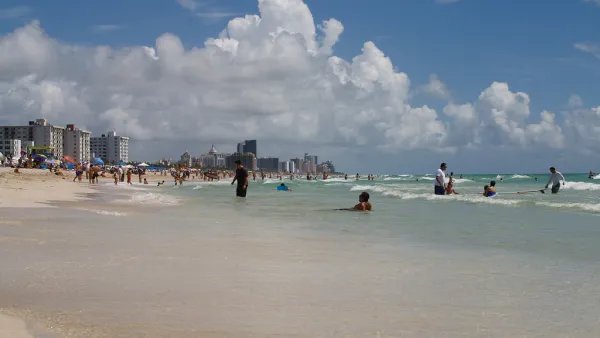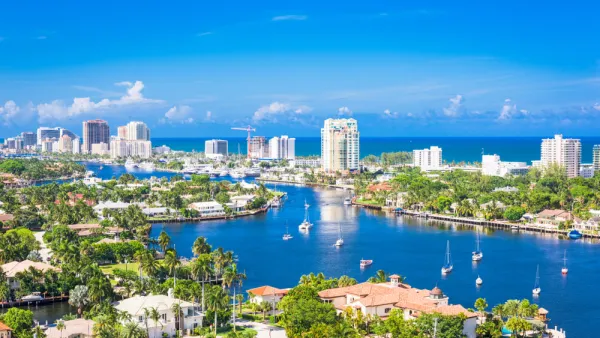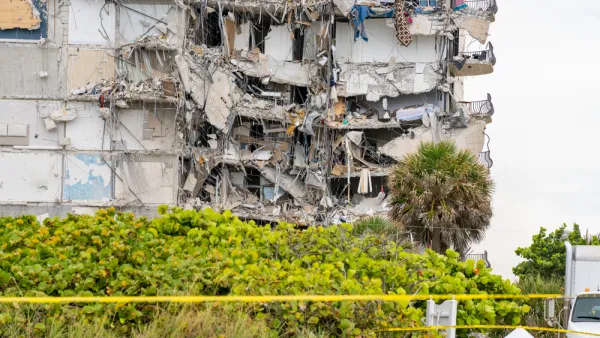Miami Beach is drafting its own textbook for how to respond to sea level rise. The New Yorker provides in-depth coverage of a region under siege by the sea that surrounds it.
Elizabeth Kolbert surveys the scene in Miami Beach—where a collection of scientists and politicians agree—sea level rise is going to very very, very challenging for the city.
First interviewed is Hal Wanless, chairman of the University of Miami Department Geological Sciences, whose studies have him led to conclude "that much of the region may have less than half a century more to go."
Organizations as varied as the Intergovernmental Panel on Climate Change, the United States Army Corps of Engineers, and the National Oceanic and Atmospheric Administration differ on how much seas should be expected to rise. According to Wanless, all those organizations are probably being too optimistic.
Meanwhile, ice shelves in Greenland are melting quickly, opening new "floodgates." According to Kolbert, "Greenland’s ice holds enough water to raise global sea levels by twenty feet."
Miami Beach's response to the pending threat has had implications in the political sphere. Miami Beach Mayor Philip Levine was elected in 2013, according to Kolbert "after airing a commercial that tapped into voters’ frustration with the continual flooding. It showed him preparing to paddle home from work in a kayak."
Kolbert immediately increased stormwater fees to fund the installation of "enormous underground pumps that will suck water off the streets and dump it into Biscayne Bay." So far the city has completed six pumps, with 44 more planned.
The long read article includes a lot of narratives and dispatches from specific locations. Kolbert also draws connections to the larger region of South Florida, to the politics of the state's Republican leadership, like Governor Rick Scott and Senator Marco Rubio, who have both proven staunch in opposing denying regulatory or other policy responses to climate change, and to the large-scale interventions that will be necessary for the region to remain habitable in the future.
FULL STORY: The Siege of Miami

Analysis: Cybertruck Fatality Rate Far Exceeds That of Ford Pinto
The Tesla Cybertruck was recalled seven times last year.

National Parks Layoffs Will Cause Communities to Lose Billions
Thousands of essential park workers were laid off this week, just before the busy spring break season.

Retro-silient?: America’s First “Eco-burb,” The Woodlands Turns 50
A master-planned community north of Houston offers lessons on green infrastructure and resilient design, but falls short of its founder’s lofty affordability and walkability goals.

Test News Post 1
This is a summary

Analysis: Cybertruck Fatality Rate Far Exceeds That of Ford Pinto
The Tesla Cybertruck was recalled seven times last year.

Test News Headline 46
Test for the image on the front page.
Urban Design for Planners 1: Software Tools
This six-course series explores essential urban design concepts using open source software and equips planners with the tools they need to participate fully in the urban design process.
Planning for Universal Design
Learn the tools for implementing Universal Design in planning regulations.
EMC Planning Group, Inc.
Planetizen
Planetizen
Mpact (formerly Rail~Volution)
Great Falls Development Authority, Inc.
HUDs Office of Policy Development and Research
NYU Wagner Graduate School of Public Service




























